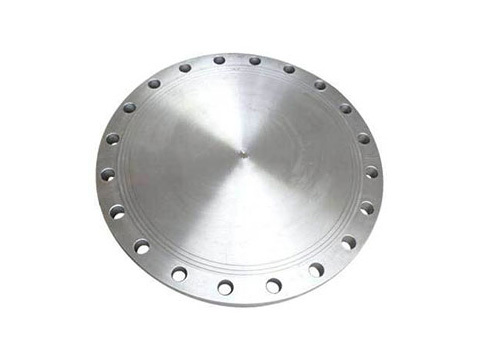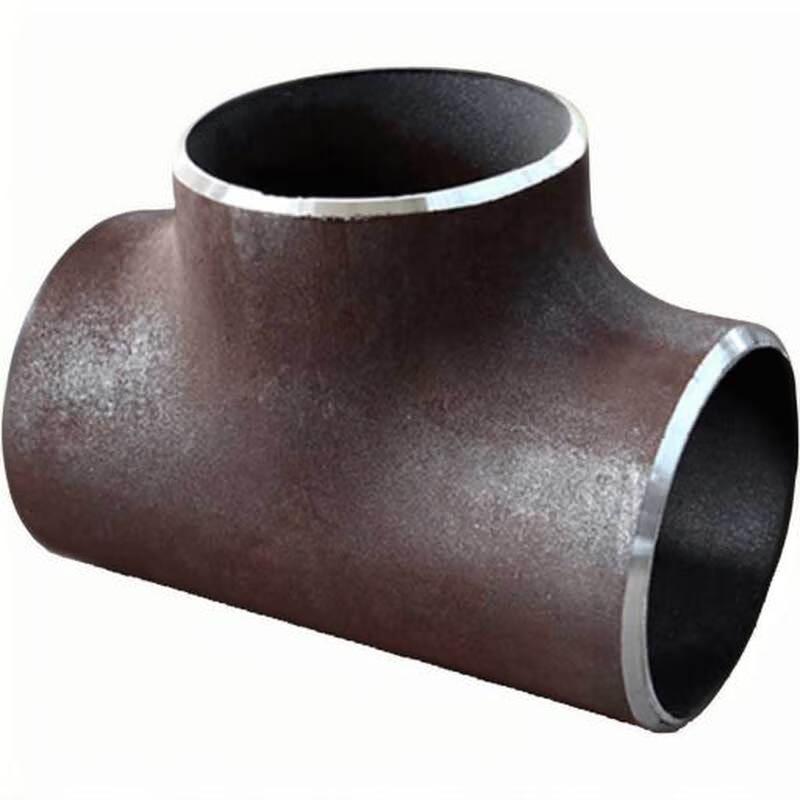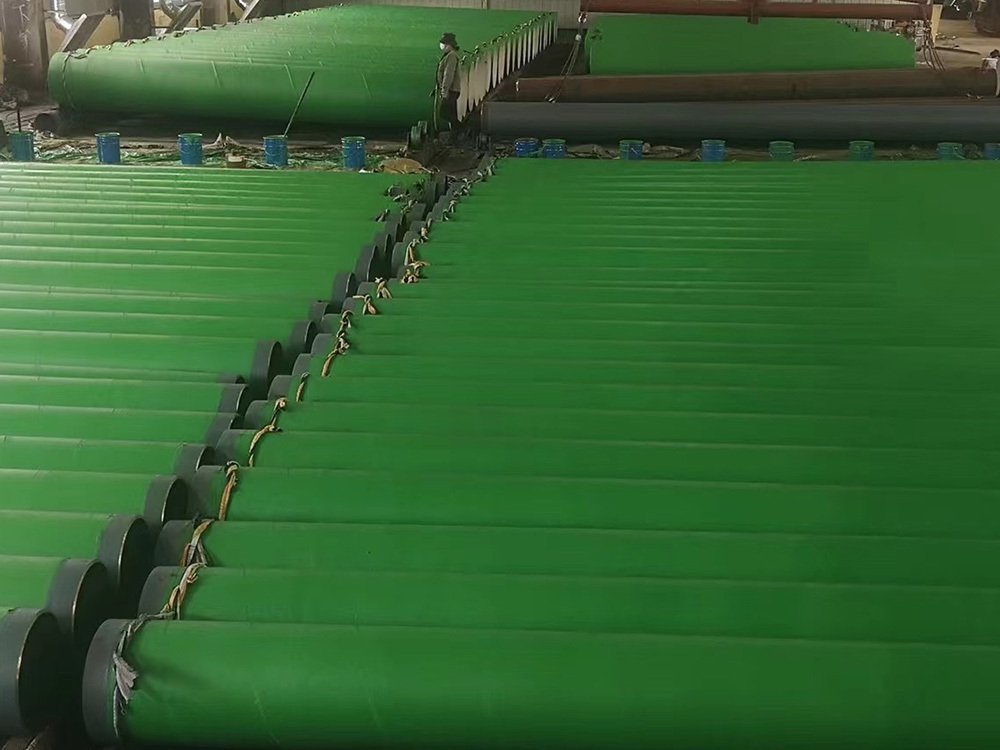A Comprehensive Guide to Installing Stainless Steel Spectacle Blind Flanges: Expert Insights for a Seamless Installation
2025-08-12

A Comprehensive Guide to Installing Stainless Steel Spectacle Blind Flanges
Table of Contents
- 1. Introduction to Stainless Steel Spectacle Blind Flanges
- 2. What Are Spectacle Blind Flanges?
- 3. Benefits of Using Stainless Steel for Flanges
- 4. Applications of Spectacle Blind Flanges
- 5. Essential Tools and Materials for Installation
- 6. Step-by-Step Installation Process
- 7. Common Installation Mistakes to Avoid
- 8. Maintenance and Inspection Tips for Longevity
- 9. Conclusion
- 10. Frequently Asked Questions
1. Introduction to Stainless Steel Spectacle Blind Flanges
Stainless steel spectacle blind flanges are critical components in the piping systems of various industries. They serve as a reliable solution for isolating sections of piping, enabling maintenance, and preventing the flow of fluids when necessary. Understanding the proper installation of these flanges can significantly enhance the longevity and efficiency of your piping systems. In this guide, we will delve into everything you need to know about selecting, installing, and maintaining stainless steel spectacle blind flanges.
2. What Are Spectacle Blind Flanges?
Spectacle blind flanges, often referred to as "spectacle blinds" or "spectacle plates," are specialized flanges designed to block off the flow of fluids within a piping system. They typically consist of a disc (the "blind") attached to a connecting arm, allowing for easy installation and removal.
Types of Spectacle Blind Flanges
There are two main types of spectacle blind flanges:
1. **Blind Flanges**: These are solid discs that completely seal off the pipe.
2. **Spacer Flanges**: These are used when a temporary opening is needed in the piping system.
Material Considerations
While spectacle blind flanges can be made from various materials, stainless steel is often preferred due to its corrosion resistance, strength, and durability, especially in harsh environments.
3. Benefits of Using Stainless Steel for Flanges
Utilizing stainless steel for spectacle blind flanges offers numerous advantages:
Corrosion Resistance
Stainless steel is inherently resistant to rust and corrosion, making it ideal for applications involving water or corrosive substances.
Durability
Stainless steel flanges can withstand high pressures and temperatures, ensuring a robust and long-lasting installation.
Maintenance Friendly
The smooth finish of stainless steel flanges makes them easy to clean and maintain, reducing downtime in industrial settings.
4. Applications of Spectacle Blind Flanges
Stainless steel spectacle blind flanges are utilized in various applications, including:
Oil and Gas Industry
In oil and gas pipelines, spectacle blinds serve to isolate sections for maintenance and repairs.
Water Treatment Facilities
Spectacle blinds are used to manage water flow and ensure safety during system maintenance.
Chemical Processing Plants
In chemical facilities, these flanges prevent leaks and provide ease of maintenance in corrosive environments.
5. Essential Tools and Materials for Installation
Before beginning the installation of stainless steel spectacle blind flanges, gather the following tools and materials:
Tools
- Wrenches and sockets
- Torque wrench
- Gasket material
- Screwdrivers
- Pipe supports
- Safety gear (gloves, goggles, etc.)
Materials
- Stainless steel spectacle blind flange
- Gaskets (ensure compatibility with the flange material)
- Bolts and nuts (preferably stainless steel)
6. Step-by-Step Installation Process
Installing stainless steel spectacle blind flanges requires precision and attention to detail. Follow these steps for a successful installation:
Step 1: Prepare the Pipe Ends
Before installation, ensure that the pipe ends are clean and free from debris. This will help create a better seal.
Step 2: Position the Gasket
Place the appropriate gasket on the pipe end where the spectacle blind flange will be installed. Ensure it fits snugly and is compatible with the fluid type.
Step 3: Align the Flange
Carefully position the spectacle blind flange over the gasket, ensuring that the holes align with the corresponding holes on the pipe.
Step 4: Insert Bolts
Insert the bolts through the holes in the flange and pipe. Make sure to use new bolts for optimal integrity.
Step 5: Torque the Bolts
Using a torque wrench, tighten the bolts gradually in a crisscross pattern to ensure even pressure across the flange. Follow the manufacturer’s recommended torque specifications.
Step 6: Inspect the Installation
After tightening, check for any gaps or misalignments. Ensure that the installation is secure and that there are no visible leaks.
7. Common Installation Mistakes to Avoid
To ensure a successful installation, be mindful of these common mistakes:
Over-tightening Bolts
Excessive torque can damage the flange and gasket, leading to leaks. Always follow recommended specifications.
Ignoring Compatibility
Ensure that the gasket and flange materials are compatible with the fluids being transported.
Neglecting Safety Precautions
Always wear appropriate safety gear during installation to minimize risks.
8. Maintenance and Inspection Tips for Longevity
Regular maintenance and inspection are crucial for the longevity of stainless steel spectacle blind flanges.
Regular Inspections
Inspect the flanges for signs of corrosion, wear, or leaks. Address any issues immediately to prevent complications.
Cleaning
Keep the flanges clean by removing debris and buildup regularly. This will help maintain the integrity of the material.
Document Maintenance Activities
Keep a log of maintenance activities to track the condition of the flanges and plan for future inspections.
9. Conclusion
Installing stainless steel spectacle blind flanges is a straightforward process when approached with the right knowledge and tools. By understanding the materials, following a systematic installation process, and performing regular maintenance, you can ensure the longevity and efficiency of your piping system. Whether you are in the oil and gas industry or managing water treatment facilities, mastering the installation of these flanges will contribute significantly to the safety and reliability of your operations.
10. Frequently Asked Questions
1. What is a spectacle blind flange?
A spectacle blind flange is a type of flange used to isolate sections of a piping system, preventing the flow of fluids.
2. Why choose stainless steel for spectacle blind flanges?
Stainless steel offers excellent corrosion resistance, durability, and ease of maintenance, making it ideal for demanding environments.
3. How do I know if my spectacle blind flange is installed correctly?
Verify the installation by checking for leaks and ensuring that all bolts are properly torqued according to specifications.
4. Can I reuse gaskets when installing spectacle blind flanges?
It is not advisable to reuse gaskets; always use new ones to ensure a proper seal.
5. What maintenance is required for stainless steel spectacle blind flanges?
Regularly inspect for leaks or signs of corrosion, and clean the flanges to prevent buildup and maintain their integrity.
Blog
Key Features That Make 304L Stainless Steel Elbow a Preferred Choice in Construction and Decoration









